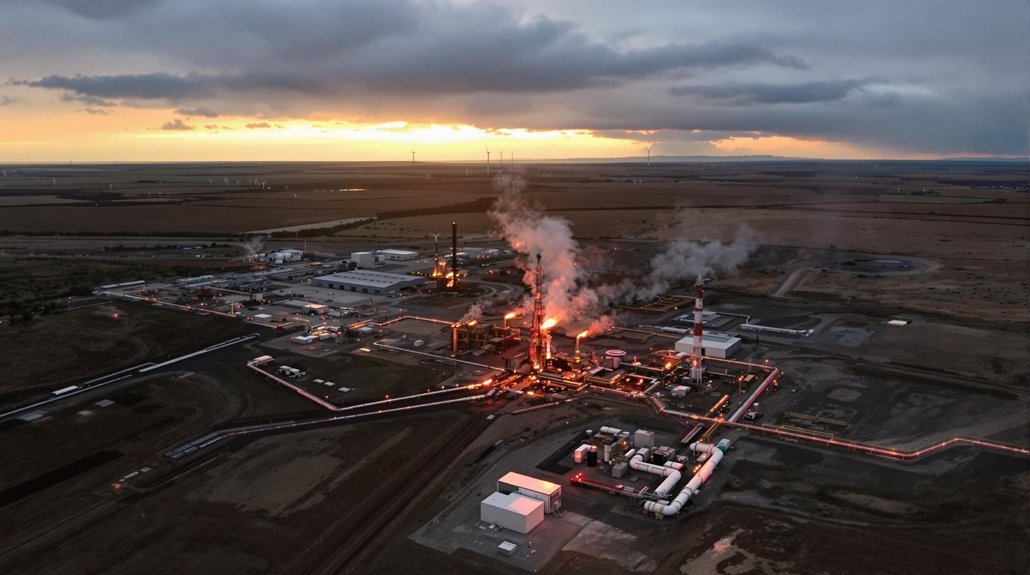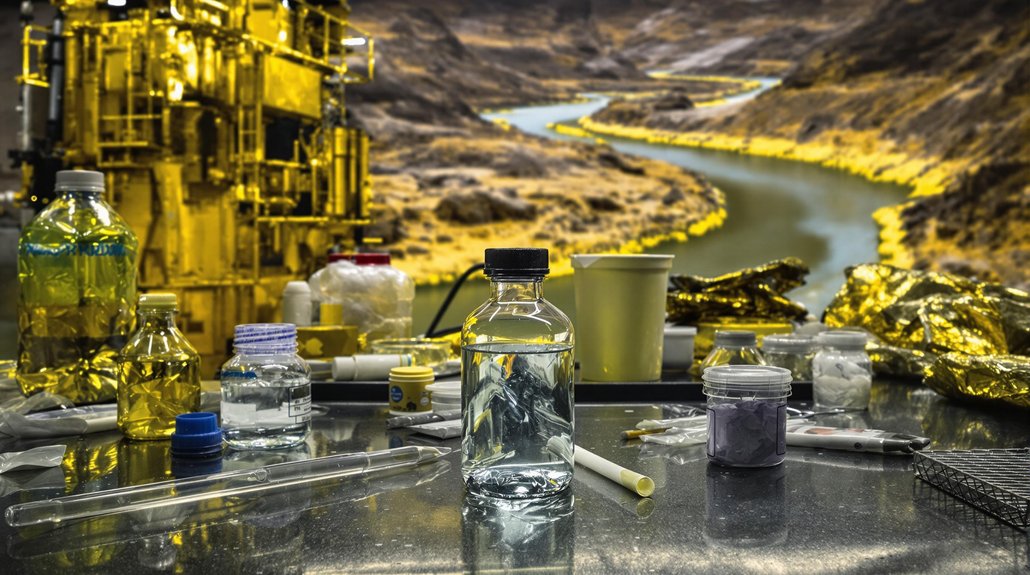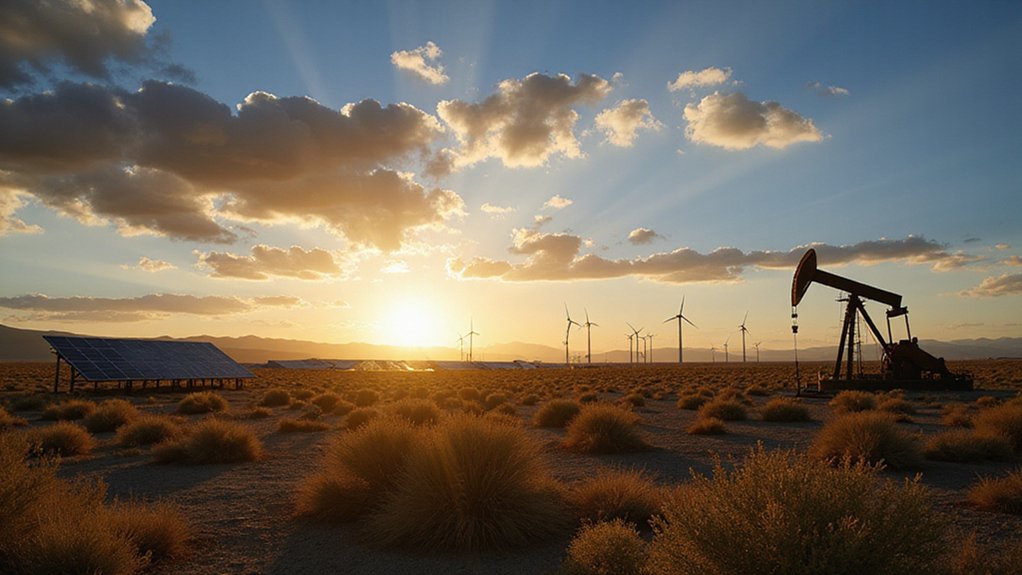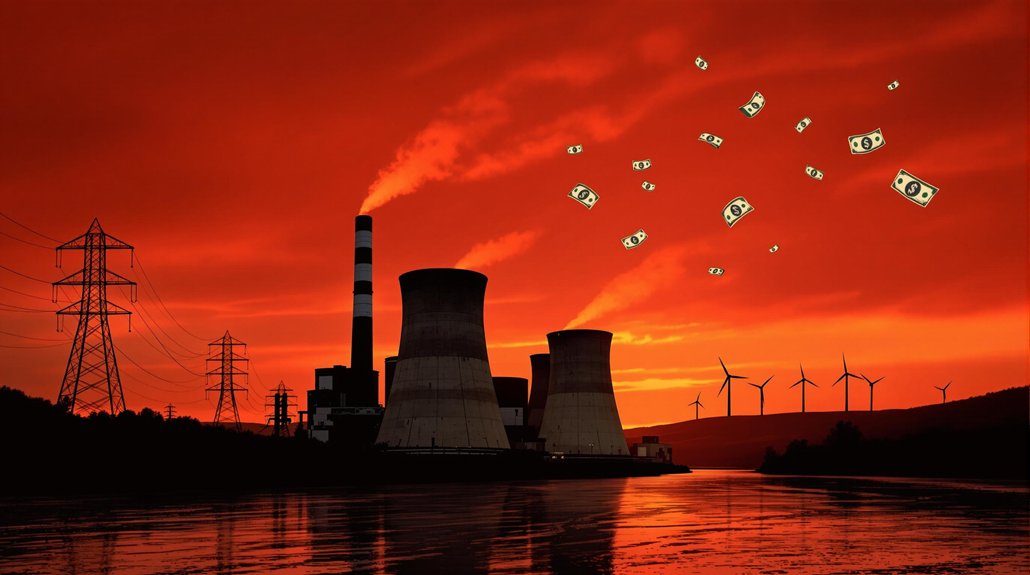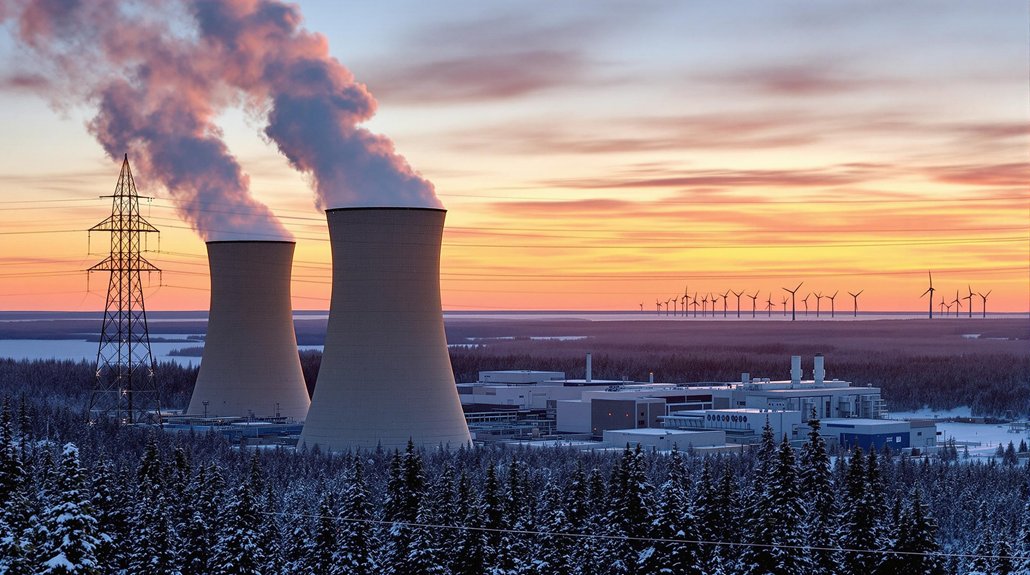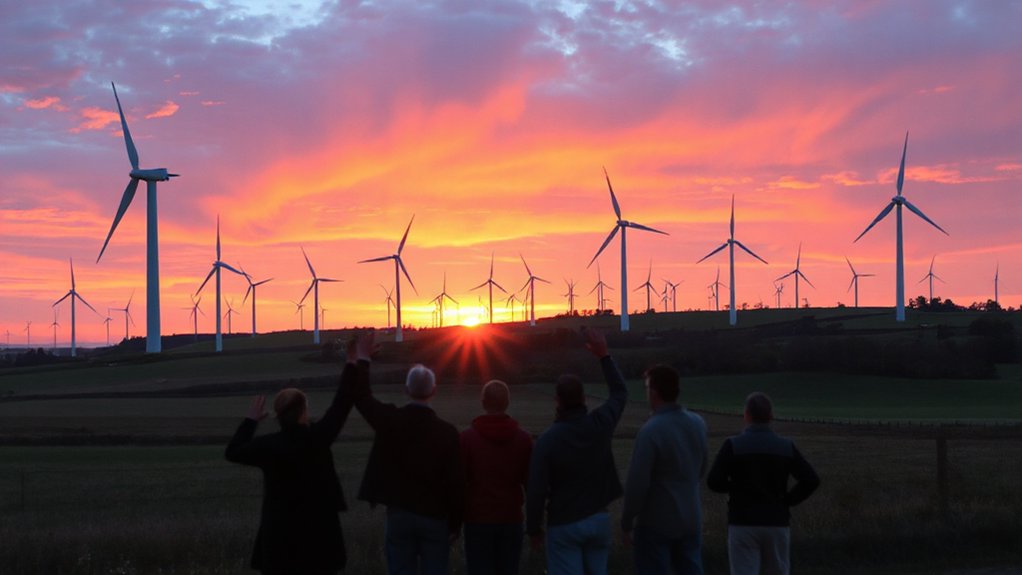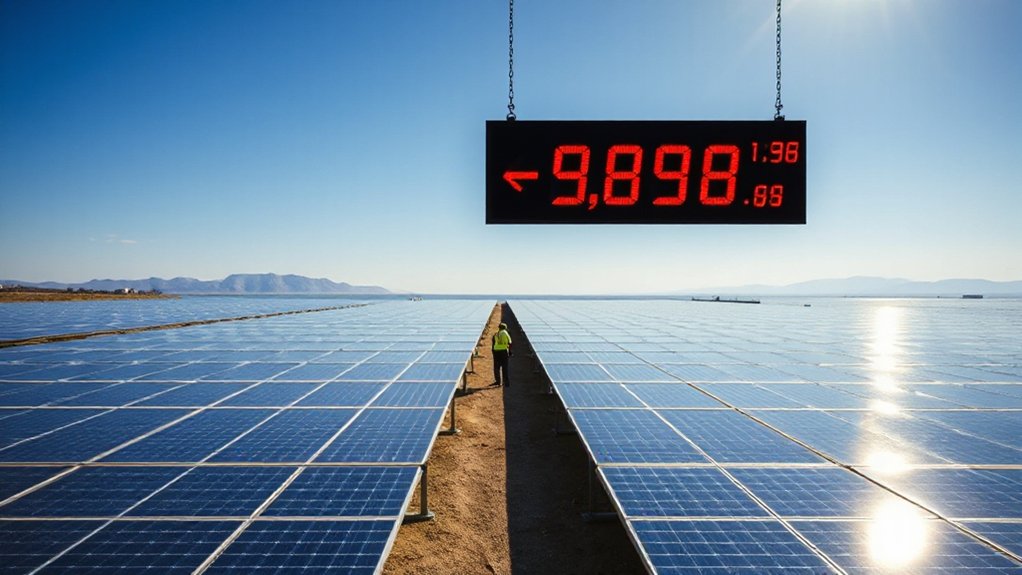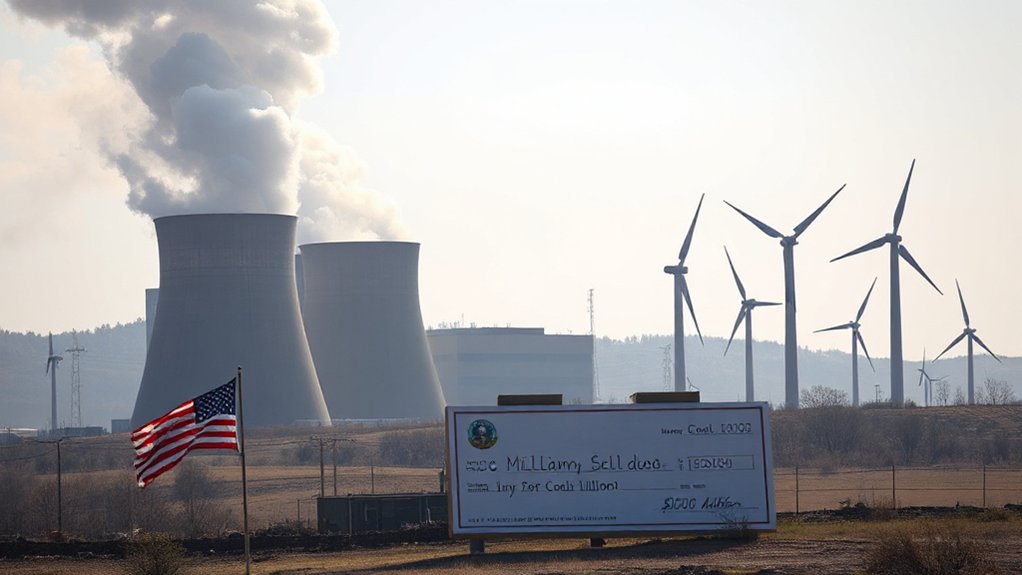When Donald Trump took office in 2017, the battle over methane emissions in America quickly intensified. His administration moved swiftly to delay the implementation of Obama-era methane standards for oil and gas operations. These rules had required companies to detect and fix leaks of the potent greenhouse gas.
The Environmental Protection Agency (EPA) under Trump proposed significant rollbacks to methane standards in October 2018. These changes weakened leak monitoring requirements and were projected to increase overall emissions. The Bureau of Land Management also targeted rules that limited flaring and venting of methane on public lands.
These rollbacks didn’t go unchallenged. Environmental groups and state attorneys general filed multiple lawsuits to block these changes. The D.C. Circuit Court stepped in several times to reinstate the 2016 methane standards after the EPA tried to delay them. In July 2020, a federal court vacated the BLM’s methane rule rollback and ordered the Obama-era standards be reinstated.
The oil and gas industry largely supported the regulatory relaxation. Trade organizations praised the rollbacks as “common sense” measures that would save costs and provide operational flexibility. They actively lobbied Congress and the administration for further reductions in methane regulations.
However, some larger oil companies maintained voluntary methane reduction programs even as federal requirements loosened. They recognized growing investor and public concern about climate impacts.
The climate stakes were significant. Methane is over 25 times more potent than carbon dioxide as a greenhouse gas over a 100-year period. The EPA’s own analysis acknowledged that the rollbacks would result in foregone climate and health benefits. These actions contradicted the growing global focus on renewable fuel standards that aim to reduce fossil fuel dependence and associated emissions.
For communities near oil and gas developments, the weakened regulations raised concerns about air quality and health risks. Research has linked methane exposure to degraded air quality and various health threats.
As regulatory battles continued through lawsuits and court decisions, the methane fight became a notable example of the deep divisions in America’s approach to climate policy under the Trump administration. In August 2020, the administration released a final rule eliminating federal regulation of methane emissions, further cementing its deregulatory agenda. This pattern may repeat itself as the Trump EPA announced reconsideration of Biden-era regulations for the oil and gas industry in March 2025.
References
- https://stateimpactcenter.org/issues/climate-action/oil-and-gas-industry-methane-emissions
- https://eelp.law.harvard.edu/tracker/epa-voc-and-methane-standards-for-oil-and-gas-facilities-2/
- https://rhg.com/research/the-rollback-of-us-climate-policy/
- https://www.brookings.edu/articles/what-is-the-trump-administrations-track-record-on-the-environment/
- https://www.ipaa.org/another-win-this-week-for-common-sense-president-trump-signs-cra-resolution-nullifying-methane-tax-regulations-on-energy-producers/
